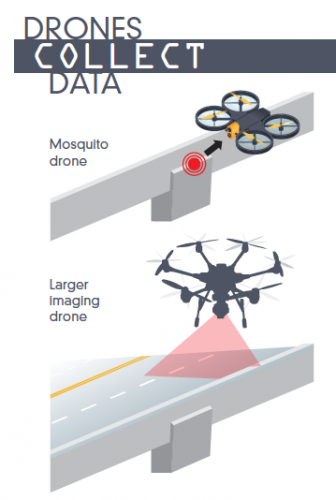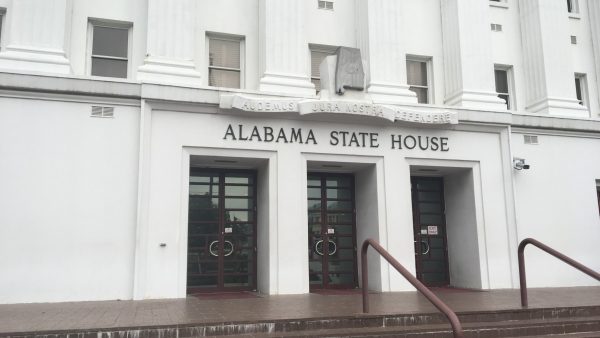For Aging Bridges, UAB Engineer Wants to Send in the Drones
Many of Alabama’s bridges are in bad shape. According to the U.S. Department of Transportation, there are about 16,000 structurally deficient bridges in Alabama. It’s a problem here and across the country. Many of the bridges are just old, and many were built when traffic and cars were lighter. But inspecting bridges takes time, skill and money. Now, a University of Alabama at Birmingham engineering professor is using a $500,000 grant from the National Science Foundation to develop a solution using drones.
Practicalities
It takes a long time to inspect any good-sized bridge, and there aren’t enough specialists or budget dollars to do them all. UAB engineering professor Nassim Uddin says that’s dangerous.

“We see a number of collapse of bridges recently, in Minneapolis, in Washington and so forth.”
Uddin says inspections become trickier and are required more frequently as bridges age. But he thinks drones could help.
“That was the challenge,” he says. “How can we use cheaper, very light sensors [to] give you a similar level of precision?”
The Plan
The idea is to mount sensors on bridges, then send drones out to upload information about the bridges’ health from the sensors. The drones themselves could scan the structures where the sensors can’t reach, too.
“Having the drones now, we don’t have to put hundreds and thousands of sensors sitting on the bridge and using lots of electricity and collecting the data day in and day out,” says Uddin.
Drones could be used for regular bridge inspections, or after storms or earthquakes.
Uddin is collaborating with researchers in Ireland and England, where he says there are fewer restrictions on testing drones in high-traffic areas. He hopes to run field tests in England this year. He’s also recently applied for a separate grant to develop the same drones to inspect buildings, homes and other structures after storms or earthquakes. Those drones could also serve as hotspot communications networks in disaster zones.
Florida’s 6-week abortion ban will have a ‘snowball effect’ on residents across the South
Abortion rights advocates say the ban will likely force many to travel farther for abortion care and endure pregnancy and childbirth against their will.
Attitudes among Alabama lawmakers softening on Medicaid expansion
Alabama is one of ten states which has not expanded Medicaid. Republican leaders have pushed back against the idea for years.
Birmingham is 3rd worst in the Southeast for ozone pollution, new report says
The American Lung Association's "State of the Air" report shows some metro areas in the Gulf States continue to have poor air quality.
Why haven’t Kansas and Alabama — among other holdouts — expanded access to Medicaid?
Only 10 states have not joined the federal program that expands Medicaid to people who are still in the "coverage gap" for health care
Once praised, settlement to help sickened BP oil spill workers leaves most with nearly nothing
Thousands of ordinary people who helped clean up after the 2010 BP oil spill in the Gulf of Mexico say they got sick. A court settlement was supposed to help compensate them, but it hasn’t turned out as expected.
Q&A: How harm reduction can help mitigate the opioid crisis
Maia Szalavitz discusses harm reduction's effectiveness against drug addiction, how punitive policies can hurt people who need pain medication and more.







